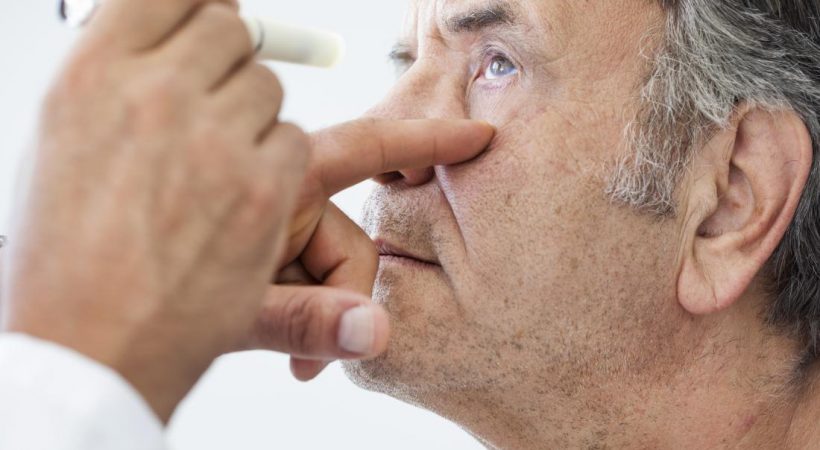Cataract surgery: What to expect before, during and after

Cataract surgery is generally safe, but if you have a condition such as high blood pressure, diabetes, or heart disease, your eye doctor might want you to have it under good control before you go ahead with the procedure.
Cataract surgery is one of the oldest procedures still being performed today. Ancient Egyptians used a surgical technique known as “couching,” in which a sharp needle was used to slide the cloudy lens out of the field of vision and into the vitreous cavity in the back of the eye. Later, the Romans used a method called “needling” to slice up the cataract into pieces small enough to be reabsorbed.
Both procedures improved vision, but they couldn’t provide completely clear sight because they didn’t replace the lens. That breakthrough didn’t come until the 1940s, when English ophthalmologist Harold Ridley invented the intraocular lens.
Unlike the surgeries of antiquity, today’s cataract surgery uses small incisions and suction to remove the cloudy lens, and then replaces it with an artificial plastic lens.
Lens extraction is done using one of two procedures: phacoemulsification or extracapsular surgery. After your cloudy lens is removed, it will be replaced with an implanted clear artificial lens called an intraocular lens (IOL). Your eye doctor will select a lens with appropriate focusing power based on measurements of the eye that were made before surgery, as well as discussion of your lifestyle needs.
Preparing for cataract surgery
Cataract surgery is generally safe, but if you have a condition such as high blood pressure, diabetes, or heart disease, your eye doctor might want you to have it under good control before you go ahead with the procedure.
Cataract surgery doesn’t generally cause major bleeding, though your ophthalmologist might recommend that you stop taking aspirin or anti-clotting drugs ahead of your procedure as a precaution. But don’t stop taking any medications on your own without first checking with the doctor who prescribed them.
Let your eye surgeon know if you take or have ever taken an alpha blocker, such as alfuzosin (Uroxatral), doxazosin (Cardura), silodosin (Rapaflo), tamsulosin (Flomax), or terazosin (Hytrin).
Your surgeon may prescribe antibiotic or anti-inflammatory eyedrops for a few days before your procedure to reduce the risk of complications.
What to expect
Cataract surgery is typically performed as an outpatient procedure. You’ll most likely spend two to three hours at the surgical facility. The procedure itself usually lasts less than half an hour.
You will be awake, but you may receive a sedative intravenously to relax you. You’ll get local anesthesia to prevent block pain. Operating room staff will apply various drops to the eye before and after the surgery, according to the doctor’s orders.
Afterward, the surgeon may cover the eye with a bandage or shield, which you can remove later that day or on the following day. You will rest in the recovery area for about 30 minutes, and then will receive instructions on how to care for your eye. Once you’re ready to go, someone will need to drive you home.
Recovery at home
You will see your ophthalmologist for several postoperative visits—typically one day, one week, one month, two months, and six months after surgery. At each appointment, the doctor will examine your eye, test your visual acuity, and measure your eye pressure. Within one to three months after surgery, your doctor will determine your eyeglass prescription if recommended for driving or reading.
For a few weeks after your surgery, you will apply prescription antibiotic and anti-inflammatory eyedrops several times a day to prevent infection and reduce inflammation. For about a week after surgery, you’ll wear an eye shield to protect your eye while you sleep. Sunglasses to wear outside may be recommended or provided.
You should be able to return to most sedentary activities on the night of your surgery. Driving is typically allowed once your doctor has tested your vision the day after surgery. How long you must wait to exercise depends on the type of surgery you had. Information courtesy: Harvard Medical School.















